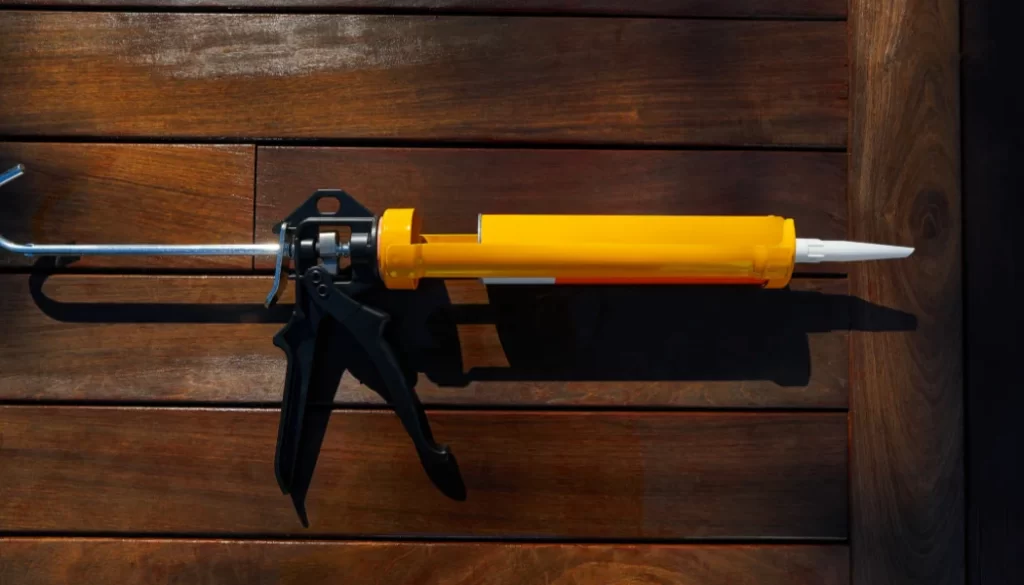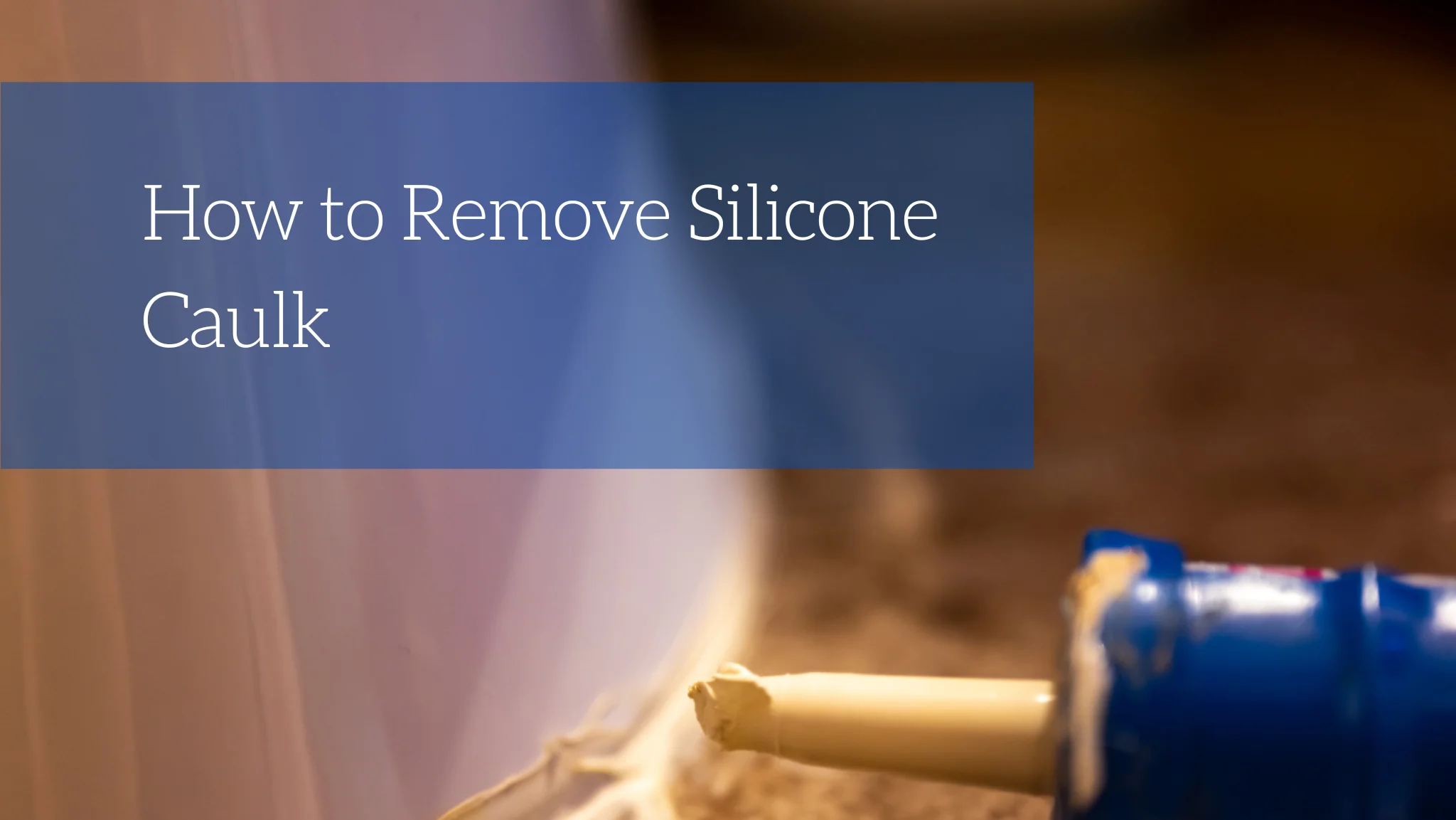Silicone caulk is a go-to material for sealing and waterproofing in bathrooms, kitchens, and other areas prone to moisture. However, over time, even the best silicone caulk can become discolored, moldy, or damaged, and must be removed. If you find yourself facing this issue, don’t worry—removing silicone caulk is manageable with the right tools and techniques.
Why Should You Replace Old Silicone Caulk?
When you purchase silicone caulk, the packaging often indicates its lifespan, with some claiming durability of up to 20 years. However, many caulks need replacement sooner than that.
Silicone caulk gradually degrades and hardens over time. This deterioration compromises the seal, allowing moisture to seep into the joints. Moisture can lead to mold, mildew, and water damage, potentially resulting in costly repairs. Even before moisture issues become apparent, worn-out silicone caulk can appear dingy, detracting from the aesthetic appeal of your home.

How to Remove Silicone Caulk
How to Remove Silicone Caulk with Pliers
If your silicone caulk is still pliable, you can often remove it using pliers. However, this method, like using any caulk removal tool, may leave some residue behind. Follow these steps to effectively remove silicone caulk with pliers:
- Step 1: Cut the Silicone Caulk
Use a utility knife or scraper to carefully cut into the end of the silicone caulk bead. This will create a starting point for removal.
- Step 2: Lift the Caulk
Gently lift the end of the bead with the tool knife or scraper to expose enough caulk for you to grip with pliers.
- Step 3: Grab the Silicone Caulk
Firmly grip the exposed end of the silicone caulk with the pliers. Ensure you have a secure hold to avoid tearing.
- Step 4: Pull the Silicone from the Joint
Slowly and gently peel the caulk away from the joint using a steady, even pressure. Be careful not to pull too hard, as the silicone may tear and leave fragments in the joint.
How to Remove Silicone Caulk with a Caulk Stripper
Using a utility knife or flat scraper to remove silicone caulk can be quick but may risk damaging the underlying surfaces. A caulk stripper tool, designed to remove the caulk bead without harming the surrounding materials, offers a more precise and safe method. While effective in removing most of the silicone caulk, this method may leave some residue. Follow these steps to remove silicone caulk using a caulk stripper tool:
- Step 1: Prepare the Bead
Use a utility knife to carefully cut into the end of the silicone caulk bead. This will create an entry point for the caulk stripper tool.
- Step 2: Insert the Caulk Stripper Tool
Slip the caulk stripper tool under the silicone bead. Ensure the tool is well-positioned to penetrate and lift the caulk without damaging the surrounding surfaces.
- Step 3: Remove the Silicone
Gently and steadily pull the caulk bead away from the joint while drawing the caulk stripper tool towards you. If the tool slices through the caulk bead, reinsert it into the remaining caulk and continue.

How to Remove Silicone Caulk Using Caulk Removal Solvent
Caulk removal solvent softens silicone caulk, making it easier to remove and reduces the amount of residue left behind. While specific directions may vary depending on the solvent brand, the general process is similar. Follow these steps to effectively remove silicone caulk using a caulk removal solvent:
- Step 1: Clean the Joint
Remove any dirt from the caulk’s surface. This will help the solvent penetrate and work more effectively.
- Step 2: Apply the Solvent
Apply the caulk removal solvent evenly to the silicone caulk, covering the entire area for the best results.
- Step 3: Wait
Allow the solvent to sit for 5–20 minutes, or longer if necessary, depending on the strength and age of your silicone caulk. Follow the manufacturer’s instructions for the exact waiting time.
- Step 4: Remove the Caulking
Once the silicone caulk has softened, use a scraper or a caulk removal tool to carefully scrape it out of the joint. The softened caulk should come away more easily.
- Step 5: Repeat as Necessary
If the silicone caulk is still too hard to remove, reapply the solvent and wait a bit longer. Repeat the scraping process until all the caulk is removed.
- Step 6: Clean the Area
After all the caulk has been removed, rinse the joint thoroughly with soap and water to remove any remaining solvent and residue.
Removing silicone caulk might seem daunting, but with the right approach, it’s a task you can tackle yourself. By following these steps and using the appropriate tools and materials, you can effectively remove old caulk and prepare your surfaces for a fresh, clean application. Whether you’re addressing moldy seals, renovating, or simply updating the look of a room, your efforts will lead to a better-sealed and more attractive space.








